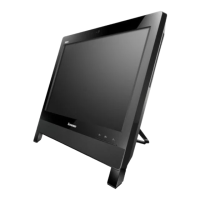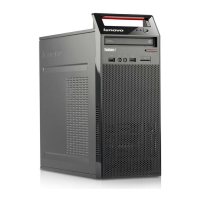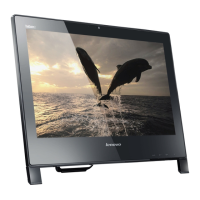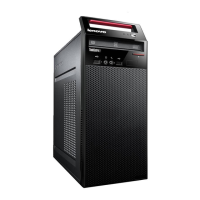What to do if my Lenovo Desktop computer does not start?
- JJennifer LawsonJul 26, 2025
If your Lenovo Desktop computer doesn't start, check the following: Ensure the power cord is correctly connected to the rear of the computer and a working electrical outlet. If there's a secondary power switch at the rear, ensure it's on. Check if the power indicator on the front is lit. Also, confirm the computer voltage matches the outlet voltage for your region.











